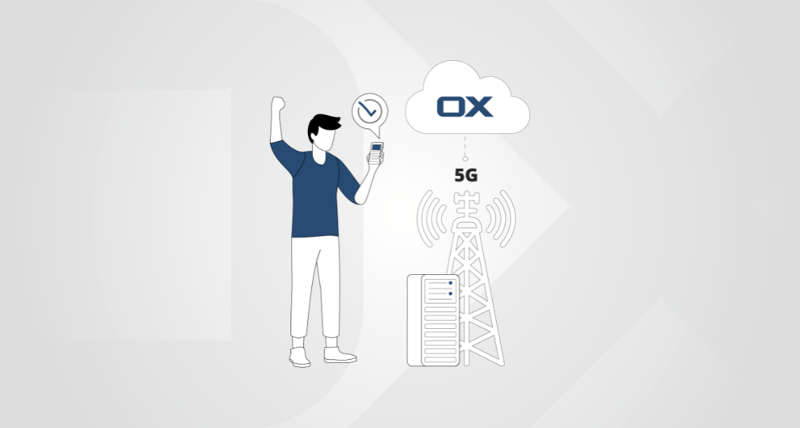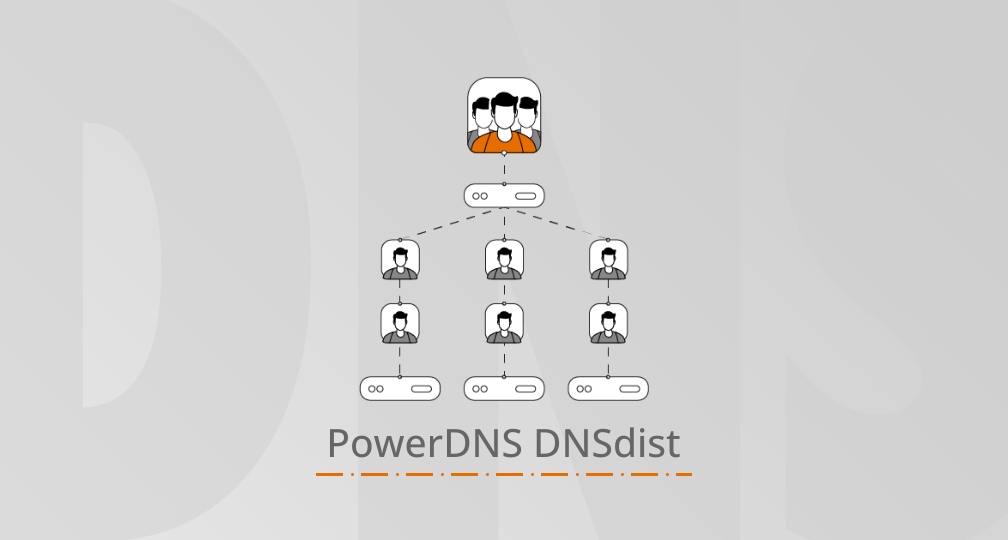Consumer awareness of cybersecurity is at an all-time high.
In fact, one in five respondents to a recent survey explained that they had become personal victims of a data breach, affecting their trust of certain companies that handle their data.
Yet despite the rise in cybersecurity concerns amongst consumers, only a small fraction actually take action and attempt to secure their systems and data. Unfortunately, the vast majority of consumers remain “unaware” of what they can do to protect themselves.
Despite this, smart homes continue to accumulate new smart devices and IoT. Without effective malware protection, each of these devices represents a potential opening through which cybercriminals could mount an attack - and for communications service providers (CSPs), this means that their customers are becoming increasingly vulnerable. Malware-infected smart and IoT devices cause problems not only for consumers, but also to the CSP networks that they use.
The trouble with IoT security
You might be forgiven for assuming that the solution is to build endpoint protection into each IoT device as a standard. However, not only would this increase the manufacturing costs for each device significantly, but more often than not there simply isn’t enough CPU or RAM available to support basic on-device malware protection, let alone to download regular security updates, or provide a generic mechanism to allow AV vendor software to be installed.






